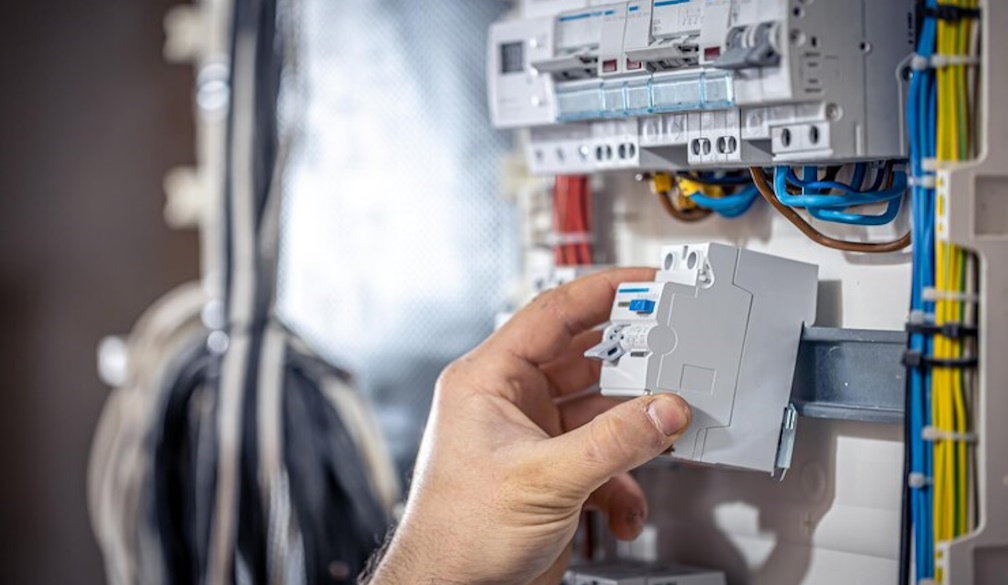A Guide to Switchboard Selection and Maintenance

Switchboards are essential components in any electrical distribution system, serving as the central hub that manages and distributes electricity throughout a building or facility. The proper selection and maintenance of switchboards are crucial for ensuring safety, efficiency, and reliability in electrical systems. This guide will explore the main considerations when selecting switchboards and the best practices for maintaining them to ensure optimal performance.
Understanding the Role of Switchboards
Switchboards are electrical devices that direct the flow of electricity from one or more sources to multiple destinations within a facility. They incorporate various components, such as circuit breakers, fuses, and switches, that work together to control and protect electrical circuits. By managing the distribution of power, switchboards help ensure that electricity is delivered safely and properly to different parts of a building, minimising the risk of electrical faults or overloads.
Factors to Consider When Selecting Switchboards
When selecting switchboards for your facility, several factors must be taken into account to ensure that the equipment meets your specific needs. These include the electrical load requirements, the environment in which the switchboard will be deployed, and the level of control and protection required.
The first step in selecting a switchboard is to determine the electrical load it will need to handle. This involves calculating the total power demand of all the devices and equipment that will be connected to the switchboard. It is important to choose a switchboard that can comfortably accommodate this load, with some capacity for future expansion if needed.
Best Practices for Maintaining Switchboards
Proper maintenance of switchboards is vital to ensure their continued operation and to prevent potential electrical hazards. Regular inspections, timely repairs, and adherence to safety standards are all essential components of an effective maintenance strategy.
The Importance of Documentation
Another crucial aspect of switchboard maintenance is maintaining accurate records of all activities. Documentation should include details of inspections, repairs, and any modifications made to the switchboards. This information is invaluable for tracking the condition of the equipment over time and for planning future maintenance activities. Additionally, in the event of an electrical fault or failure, having detailed maintenance records can assist in diagnosing the issue and implementing the necessary corrective measures.
Partnering with Reputable Energy Brands
Partnering with reputable energy brands offers significant advantages when it comes to selecting and maintaining switchboards. These brands provide high-quality switchboards that meet industry standards and are built to meet the demands of various environments. Reputable brands also offer comprehensive support services, including installation, maintenance, and technical assistance, ensuring that your switchboards remain in optimal condition throughout their operational life.
Moreover, working with trusted energy brands ensures access to the latest innovations and technologies in electrical distribution systems. This can include advanced monitoring and control features, energy-efficient designs, and enhanced safety mechanisms.
Guaranteeing Safety with Switchboards
The selection and maintenance of switchboards are critical to the safety, efficiency, and even the cost-effectiveness of your electrical system. A well-maintained switchboard can help reduce wasted energy and contribute to lower electricity bills, alongside other smart strategies Australians are using to cut costs. By carefully considering factors such as electrical load requirements, environmental conditions, and the level of control needed, you can choose the right switchboards for your facility. Regular maintenance, including inspections, timely repairs, and adherence to safety standards, will help ensure that your switchboards operate reliably and safely.

















